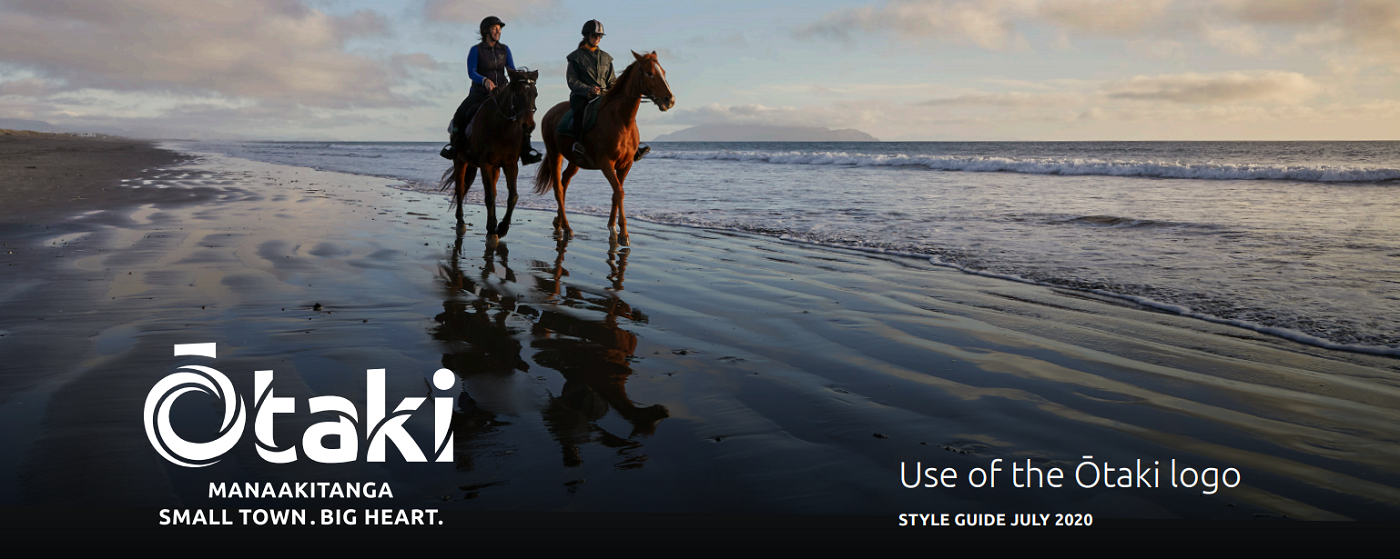
A furore has broken out at Te Horo Beach after some residents say they weren’t consulted about concrete blocks being installed at a beach access point.
Kāpiti Coast District Council put the blocks in just before Christmas at the end of Te Horo Beach Road to stop vehicle access to the beach. The blocks are expected to be replaced soon by a more aesthetic barrier arm that the rural fire brigade and council staff can unlock as needed.
Along with the concrete blocks, new signs also went up at the entrance, but they were quickly vandalised, suggesting some discontent with the blocked access.
The installation was in response to a submission by the Friends of Mangaone Lagoon to the November meeting of the Waikanae Community Board. The group wanted the council to install a “managed access” barrier arm at the site.
The Friends said vehicles were using the access to not only go south along the beach, but also north (both prohibited under the council’s beach bylaw) driving across the Mangaone Stream. People in vehicles were camping and picnicking in the area, vehicles had become stuck in the d unes and sand, and some were being driven dangerously among beach-goers.
The Friends were also concerned that the delicate local ecosystem was being damaged.

BLOCKED: The contentious concrete blocks at Te Horo Beach.
Photo Ōtaki Today
Long-time Te Horo farmer Kerry Walker, however, says there was no consultation about the access being blocked.
“The views of a vocal minority, no matter how well intentioned, should not hold sway over a community’s asset that has been in place for literally hundreds of years,” he says. “Please have the courtesy of community discussion before unilaterally implementing these measures.”
Former Ōtaki Ward councillor James Cootes, who is also a Te Horo Beach resident, says as councillor he was part of the recent beach bylaw review that looked at beach access, consulted residents, and signed off on the new bylaw.
“There was no suggestion of concrete blocks blocking off this entrance,” he says. “Elected members even met with council staff on site and walked over the various areas at Te Horo Beach.
“What people are missing is that there were two parts to the beach bylaw process – the bylaw itself and then the operational response. This approach was even made clear in the consultation documents. Council staff’s own recommendation to councillors was to not block off access.
“Through the submission process there was discussion around blocking off the entrance, but this wasn’t supported, with 64 percent of submitters against the proposal.”
He says staff agreed to look at improved signage and access at this entrance, but not concrete blocks or barriers.
He suggested law-breakers would now be forced to drive to the beach’s southern entrance and then north along the beach through the no-driving zone and the area most populated with swimmers etc, creating a higher level of risk.
“Council would be better off respecting the feedback they received via formal consultation and instead working with the community on more palatable solutions, like roping off the informal car park, supporting restoration on the Mangaone and increased enforcement.”
However new councillor Liz Koh, also a beach resident, says it is staff’s job to implement the bylaws.
“The bylaws are what give them the right to do what they do and they would be negligent if they didn’t implement them,” she says “Yes, I know the blocks are ugly, but they are a necessary temporary measure to protect the stream over summer until a more attractive permanent solution is put in place.”
Another resident, Waikanae Community Board member Michael Moore, says something needed to be done to better protect the beach’s natural environment and keep vehicles away from people legitimately wanting to enjoy the beach.
“Drivers and motorcyclists are using the access point to get on to the beach and to drive north over the Mangaone Stream,” he says. “The bylaw prohibits that.
“It’s perhaps hard for these people to envisage what could be created in this area, particularly with the work the Friends of the Mangaone Lagoon are proposing. That can’t happen if there are vehicles all over the beach.”
He says what’s being blocked off is a relatively small area, and that anyone wanting to take their vehicle on the beach has several kilometres of space to do so from the south end of Te Horo Beach and towards Peka Peka.
LATEST POSTS
- Court directs KCDC to revisit Moy Place decision
- Petition spurred by road works disruption
- Heniti vows to put Ōtaki first
- Plenty of choice in election race
- Four now vie for Ōtaki Ward
- Rob throws hat in ring for Ōtaki Ward
- Vote stands as council reconsiders Moy decision
- Moy-Sue residents celebrate council vote
- Residents ‘corralled’ at council meeting
- Council re-affirms Māori ward decision
- Residents vow to fight on
- Rod vows to stop the stop
- Councillor moots Blue Bluff swing bridge solution
- Te Horo keeps pushing for buses to the beach
- Report disputes Moy access safety issues
- ‘Quiet’ streets threatened by development
- Reservoir residents’ hopes dashed
- Mediation at community board
- Ōtaki gets slice of 3 Waters funding
- Big blocks barney at Te Horo Beach

